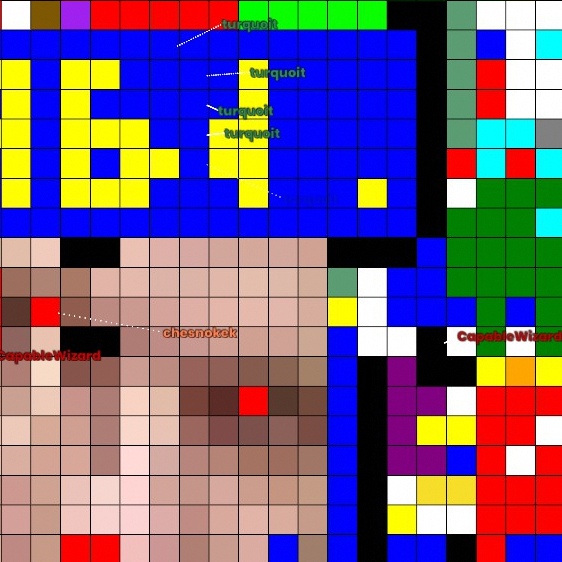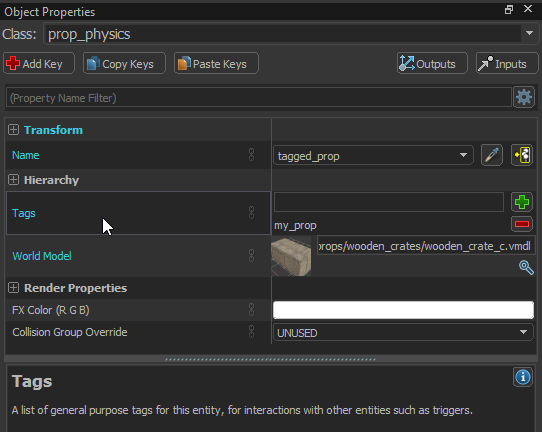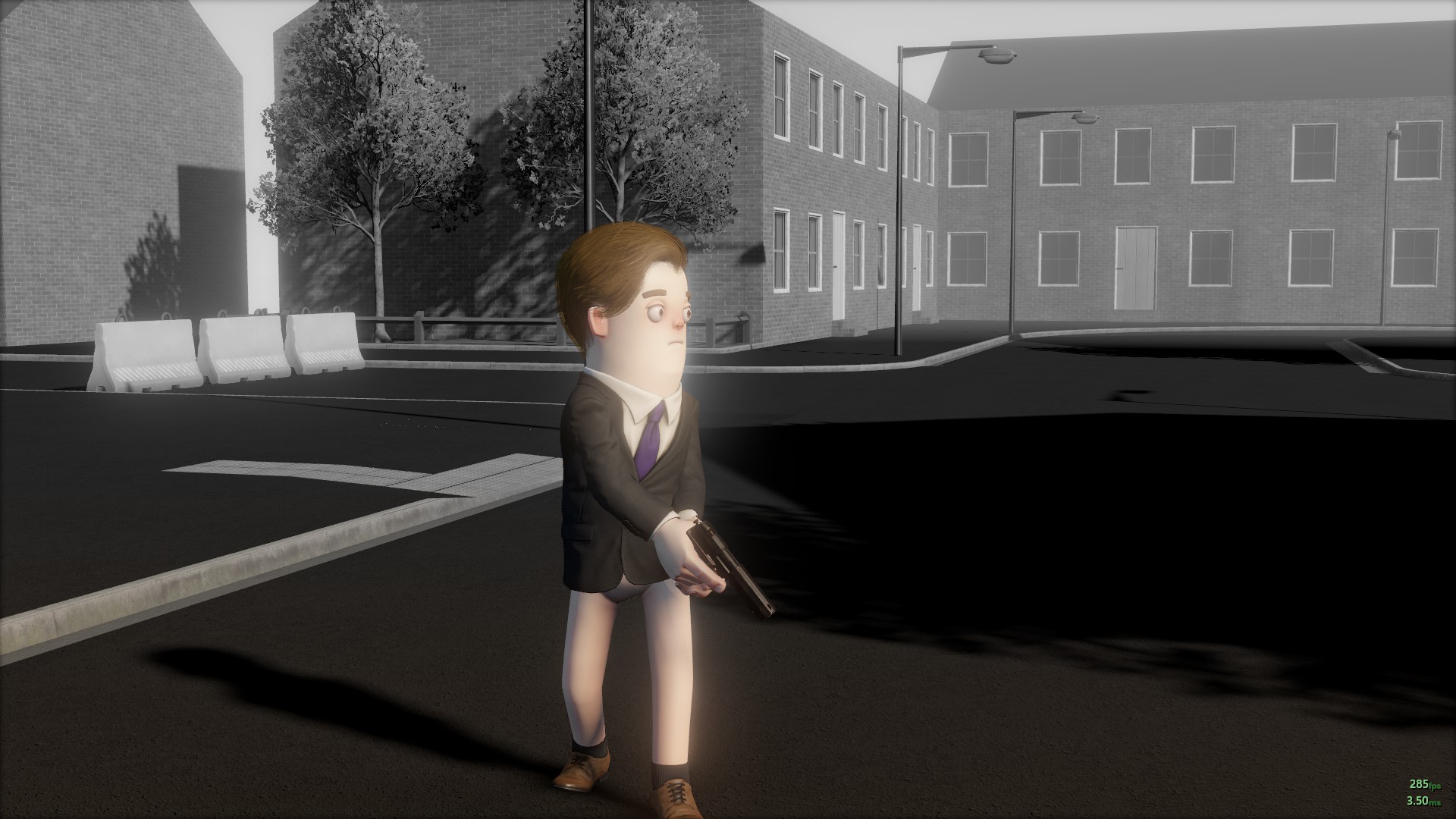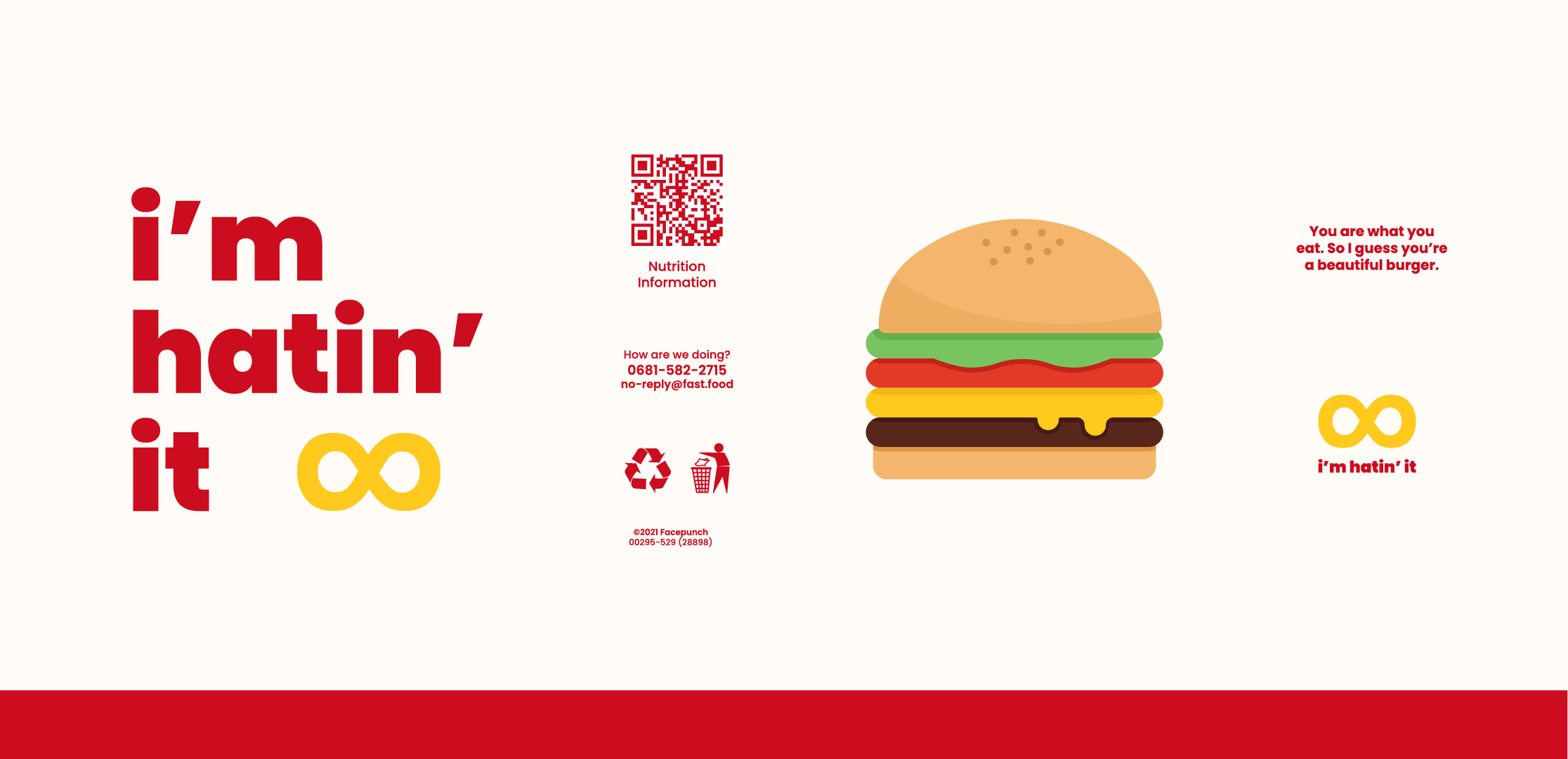garry
4 years ago
#1
September 2021 : news/sept2021

 attribute 'contenteditable' not allowedattribute 'blocktype' not allowedattribute 'title' not allowed
attribute 'contenteditable' not allowedattribute 'blocktype' not allowedattribute 'title' not allowed attribute 'blocktype' not allowedattribute 'contenteditable' not allowed
attribute 'blocktype' not allowedattribute 'contenteditable' not allowed attribute 'contenteditable' not allowedattribute 'blocktype' not allowed
attribute 'contenteditable' not allowedattribute 'blocktype' not allowed attribute 'contenteditable' not allowedattribute 'blocktype' not allowed
attribute 'contenteditable' not allowedattribute 'blocktype' not allowed attribute 'contenteditable' not allowedattribute 'blocktype' not allowedattribute 'data-image-style' not allowed
attribute 'contenteditable' not allowedattribute 'blocktype' not allowedattribute 'data-image-style' not allowed attribute 'contenteditable' not allowedattribute 'blocktype' not allowed
attribute 'contenteditable' not allowedattribute 'blocktype' not allowed attribute 'contenteditable' not allowedattribute 'blocktype' not allowed
attribute 'contenteditable' not allowedattribute 'blocktype' not allowed attribute 'contenteditable' not allowedattribute 'blocktype' not allowed
attribute 'contenteditable' not allowedattribute 'blocktype' not allowed attribute 'contenteditable' not allowedattribute 'blocktype' not allowed
attribute 'contenteditable' not allowedattribute 'blocktype' not allowed attribute 'contenteditable' not allowedattribute 'blocktype' not allowedattribute 'data-image-style' not allowed
attribute 'contenteditable' not allowedattribute 'blocktype' not allowedattribute 'data-image-style' not allowed attribute 'contenteditable' not allowedattribute 'blocktype' not allowed
attribute 'contenteditable' not allowedattribute 'blocktype' not allowed attribute 'contenteditable' not allowedattribute 'blocktype' not allowed
attribute 'contenteditable' not allowedattribute 'blocktype' not allowed attribute 'contenteditable' not allowedattribute 'blocktype' not allowedattribute 'title' not allowedattribute 'data-image-style' not allowed
attribute 'contenteditable' not allowedattribute 'blocktype' not allowedattribute 'title' not allowedattribute 'data-image-style' not allowed attribute 'contenteditable' not allowedattribute 'blocktype' not allowed
attribute 'contenteditable' not allowedattribute 'blocktype' not allowed attribute 'contenteditable' not allowedattribute 'blocktype' not allowedattribute 'data-image-style' not allowed
attribute 'contenteditable' not allowedattribute 'blocktype' not allowedattribute 'data-image-style' not allowed attribute 'contenteditable' not allowedattribute 'blocktype' not allowedattribute 'title' not allowedattribute 'data-image-style' not allowed
attribute 'contenteditable' not allowedattribute 'blocktype' not allowedattribute 'title' not allowedattribute 'data-image-style' not allowed attribute 'contenteditable' not allowedattribute 'blocktype' not allowed
attribute 'contenteditable' not allowedattribute 'blocktype' not allowed attribute 'blocktype' not allowedattribute 'contenteditable' not allowed
attribute 'blocktype' not allowedattribute 'contenteditable' not allowed attribute 'blocktype' not allowedattribute 'contenteditable' not allowed
attribute 'blocktype' not allowedattribute 'contenteditable' not allowed attribute 'blocktype' not allowedattribute 'title' not allowedattribute 'contenteditable' not allowed
attribute 'blocktype' not allowedattribute 'title' not allowedattribute 'contenteditable' not allowed
 attribute 'data-gallery-style' not allowed
attribute 'data-gallery-style' not allowed attribute 'data-gallery-style' not allowed
attribute 'data-gallery-style' not allowed attribute 'blocktype' not allowedattribute 'contenteditable' not allowed
attribute 'blocktype' not allowedattribute 'contenteditable' not allowed attribute 'blocktype' not allowedattribute 'contenteditable' not allowed
attribute 'blocktype' not allowedattribute 'contenteditable' not allowed attribute 'blocktype' not allowedattribute 'contenteditable' not allowed
attribute 'blocktype' not allowedattribute 'contenteditable' not allowed 1
1